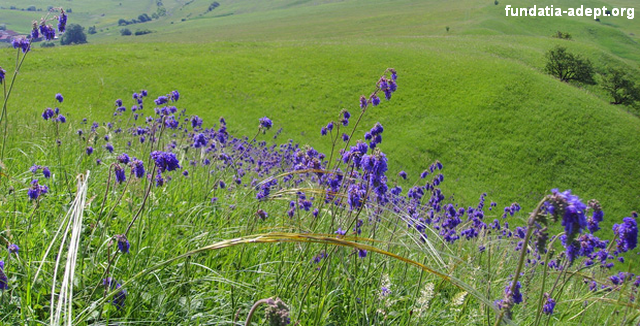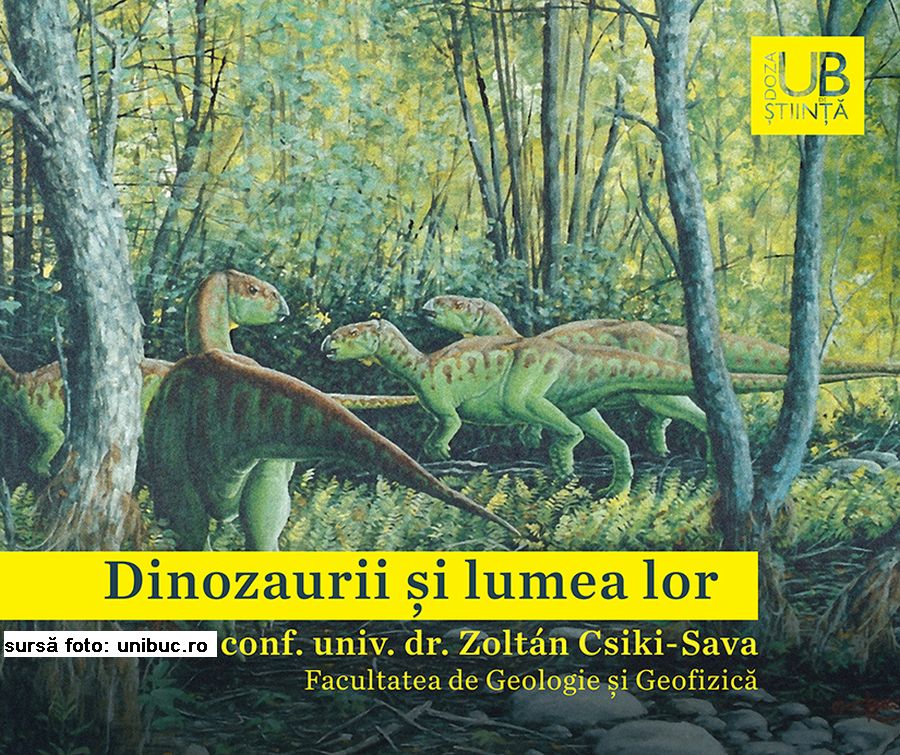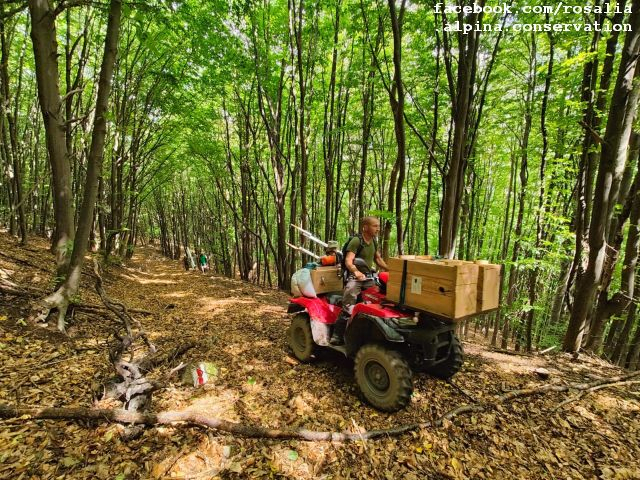Farming land of high natural value
Romania has some of the largest plots of farming land and areas of high natural value in Europe.

Ștefan Baciu, 25.03.2016, 13:26
Romania still has some of the largest plots of farming land and areas of high natural value in Europe. They are located in rural areas in Transylvania, Maramures, the Sub-Carpathian areas and in the south-west of the country, where traditional farming, rational grazing and the fact that farmers do not use chemical fertilizers have allowed the maintenance of an extraordinary diversity of spontaneous flora and wild fauna. These areas account for 30% of the country’s agricultural land, namely 5 million hectares, and are usually managed by small family farms. The Saxon villages in Transylvania are extremely rich in dry grasslands, which reflect the non-intensive agriculture done by hundreds of years and are habitats for many species of plants and animals that have already disappeared from other parts of Europe.
Ben Mehedin, a spokesman for the Adept Transylvania Foundation, has explained: “These are areas where small-scale agriculture has been practiced, with a minimum impact on the environment, and thanks to that we still boast a rich diversity of plants, animals, insects and butterflies. This way of doing agriculture has allowed both the production of foodstuffs and the harmonious co-existence of nature’s wild life. We have run a project, co-funded from the Romanian — Swiss Cooperation Programme, in six pilot areas, all of them in Transylvania. These areas are located in the Harghita Mountains, in the Sighisoara — Tarnava Mare area, another one between Tarnava Mica and Miercurea Nirajului, in the Zarand Mountains and Barcau Valley. Our plan is to capitalize on these land of high natural value but also on the people in the area and their products.”
Conducted between 2013 — 2016 by the Adept Transylvania Foundation, the project was aimed at improving the preservation of these pastures and provided specialized assistance and marketing ideas for the farmers in the area, as Ben Mehedin told us:
“ The project had three major components. The first focuses on policy, namely on how we can use public funding to support these areas, because they are suppliers of public goods. Through this type of agriculture, which has a low impact on the environment, other public goods are generated, which we cannot always see in the products made in these areas. We are talking about fresh air, cleaner waters, pollination, agro-biodiversity, biodiversity and resilience to climate change. Another component of the project was market study and better marketing of these products given that they are cleaner, healthier and tastier. The third component was that of training facilitators/communicators or development agents, to talk to the world about preserving these traditions, to talk to those who might benefit from products such as jams, tea, honey, cheese and meat. Usually, each household breeds 1-3 cows. One important aspect is that of making hay for animal breeding. Hay is made at least once a year, and then brought to the stalls. Thanks to these meadows these areas have grown richer in flora than the areas where intensive agriculture is practiced.”
In spite of the fact that they are really precious for rural communities and society as a whole, most of these pastures, which are extensively cultivated, are under a growing pressure because of the extensive farming and the change in the way farmland is used. The project sought to find solutions to preserve traditional farming practices, not only to keep rural communities alive but also for healthy food to be provided to people.
Ben Mehedin: ”We want to create a healthy environment, where these products can be appreciated so the demand is high enough to allow farmers to live on the projects they sell, without using subsidies or financing. As a rule, a strong society relies on the middle class. We want a strong middle class of farm workers. If they don’t get any support, they may run the risk of disappearing. And they are the keepers of those grasslands. They are jeopardised in today’s global economy, where decisions are not being taken correctly. “
The Adept Foundation jointly with World Wide Fund Romania and the ProPark Foundation have recently staged a European conference, aimed at explaining the farming model used in Transylvania, and at finding solutions to the problems that pose a threat to the very survival of this remarkable scenery and the local communities around it.






























